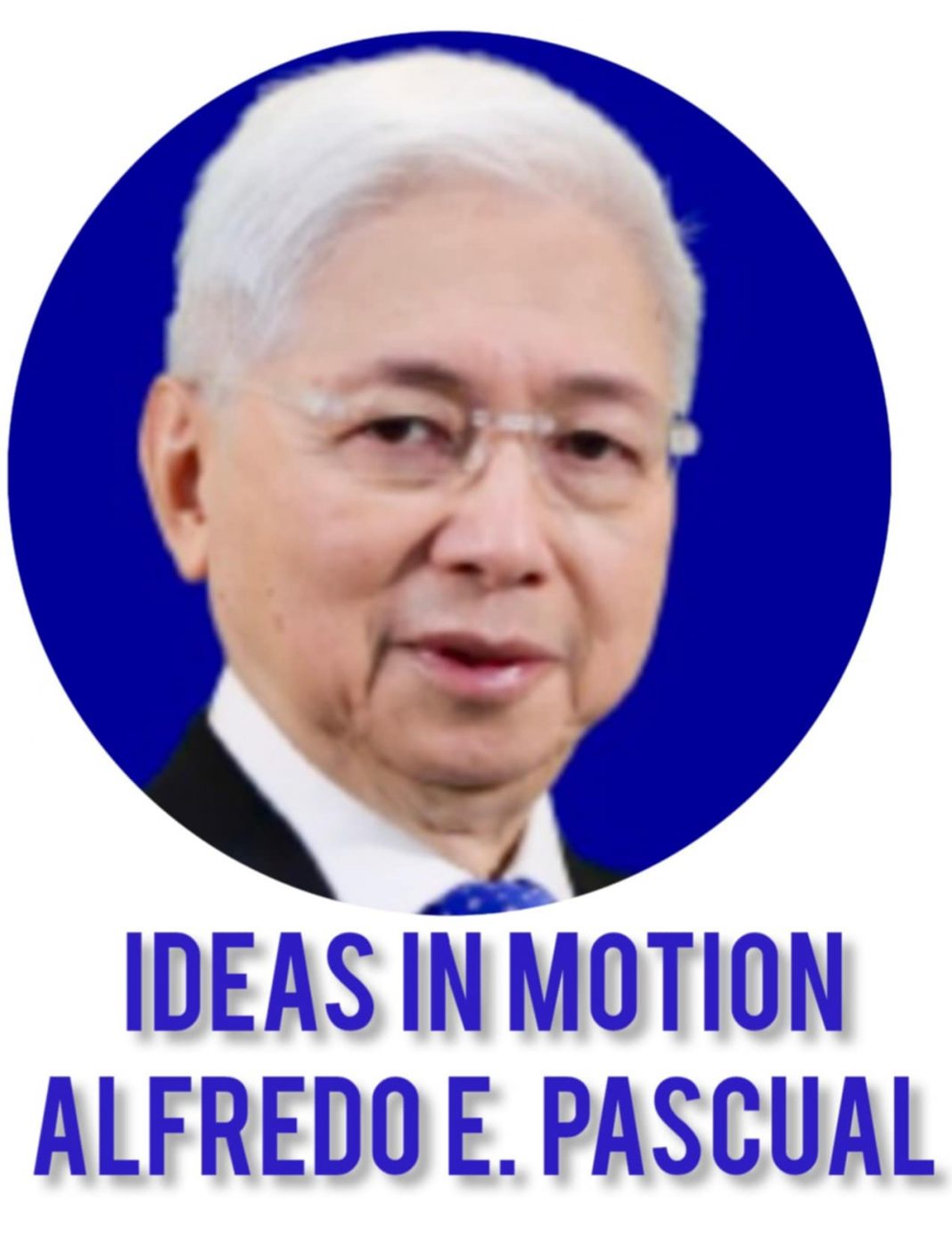By any measure, Philippine logistics is overdue for a major shakeup.
Though essential to trade and economic growth, logistics in the Philippines is hampered by a tangled web of overlapping regulations, inconsistent local policies, and chronic delays in cargo clearance. Consequently, the country has earned the unenviable reputation of having one of Southeast Asia’s most expensive logistics environments, a serious impediment to competitiveness and investor confidence.
The Root of the Issue: Fragmented Governance
The heart of this dysfunction lies in fragmented regulatory oversight. Multiple national agencies wield authority over logistics, each driven by its own mandate and procedures. Compounding the problem, the Philippine Ports Authority (PPA) operates as both regulator and port operator—an apparent conflict of interest discouraging private sector investment and healthy competition. The PPA’s dual role often results in policies and fees tailored to its benefit, undermining potential private sector participation.
Adding to the complexity are the local government units (LGUs), each with considerable autonomy to impose their own vehicle coding schemes, tolls, and pass-through fees. This regulatory patchwork impedes seamless goods movement. A single delivery truck crossing multiple provinces could face numerous permits and fees, drastically increasing delivery times and costs.
While the archipelagic geography of the Philippines inherently poses logistical challenges, it does not fully explain the sector’s chronic inefficiencies. Outdated infrastructure and fragmented oversight exacerbate issues, disproportionately disadvantaging Visayas and Mindanao, where logistics costs can run up to 73% higher than Luzon.
Systemic Inefficiencies at Every Turn
Importers face additional hurdles—multiple permits from various uncoordinated government agencies, inconsistent physical inspections, redundant paperwork, and poor digital integration. Surveys indicate that 94% of procedural trade barriers are internal to government agencies, causing significant delays and deterring new entrants from participating in Philippine logistics.
High Costs and Economic Consequences
These inefficiencies have tangible economic consequences. Philippine logistics costs as a percentage of sales significantly surpass regional counterparts, with profound impacts, from lost opportunities and damaged goods to diminished trust. Small businesses struggle to bear these costs, foreign investors are driven away, and everyday consumers face higher prices.
A Clear Path Forward: Streamline, Standardize, Digitize
The solution is clear and broadly agreed upon. Execution, however, requires robust coordination and political commitment. Immediate priorities include:
- Establish a Unified Logistics Regulatory Authority
A central logistics agency should consolidate and streamline regulatory oversight currently dispersed across the PPA, Maritime Industry Authority (MARINA), Land Transportation Office (LTO), and other bodies. A unified authority would ensure consistent policy implementation, reduce bureaucratic friction, and support comprehensive logistics strategies.
- Harmonize Local Government Regulations
LGUs must align with a standardized national regulatory framework. President Ferdinand Marcos Jr.’s Executive Order No. 41, issued in September 2023, was a step in the right direction, suspending pass-through fees on national roads. However, full compliance and consistency require national legislation to firmly establish standardized permitting processes and eliminate arbitrary local regulations.
- Accelerate Full Customs Digitalization
Though the Bureau of Customs (BOC) has initiated digital transformations, a comprehensive, fully integrated digital customs environment remains urgently needed. Digitalizing document submissions, real-time risk assessments, and interagency platform interoperability will drastically reduce clearance times, improve transparency, and significantly cut costs.
- Modernize Port Governance and Foster Competition
Ending the PPA’s dual function is imperative. Separating regulation from operation will foster transparent competition and enhance service quality. Further, promoting regional port modernization, especially in Cebu, Davao, and Zamboanga, will decentralize cargo flows and stimulate regional economic development.
- Invest Strategically in Multimodal Infrastructure
Philippine logistics infrastructure investments should emphasize multimodal connectivity—integrating seaports, inland roads, railways, and roll-on/roll-off (RoRo) systems. Prioritizing underserved regions, particularly Eastern Visayas and Western and Central Mindanao, can promote equitable economic growth.
- Embrace ASEAN Best Practices
Fully adopting ASEAN logistics standards—harmonized customs procedures and multimodal frameworks—can significantly enhance regional trade. Active participation in ASEAN’s Single Window Initiative will further simplify cross-border trade and elevate Philippine logistics standards.
Why Action Matters Now
As the global economy reshapes supply chains post-pandemic, the Philippines has a strategic opportunity to become a vital logistics and manufacturing hub. Geography provides natural advantages, but operational efficiency determines success. The logistics sector urgently requires committed action, accountability, and prioritization from the government.
Improving logistics is about more than smoother cargo flows; it is about lowering prices, empowering businesses, creating jobs, and attracting crucial investments. Ultimately, it’s about propelling the Philippines forward—literally and economically.
The gridlock is undeniable, but the opportunity is equally real and within our grasp.
Alfredo E. Pascual is an Independent Director on the board of BDO Unibank Inc. He served as Secretary of the Department of Trade and Industry (DTI), President of the University of the Philippines (UP), Director of Private Sector Operations at the Asian Development Bank (ADB), President of the Management Association of the Philippines (MAP), CEO of the Institute of Corporate Directors (ICD), and Finance Professor at the Asian Institute of Management (AIM).




